#visitguatemala
Text
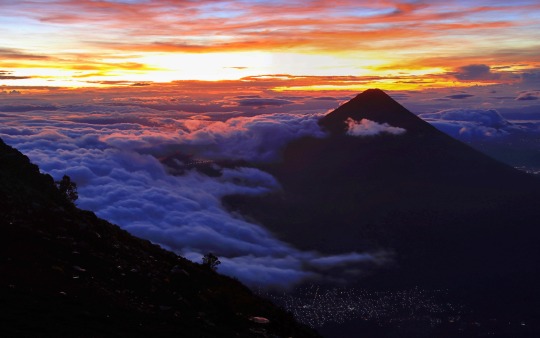

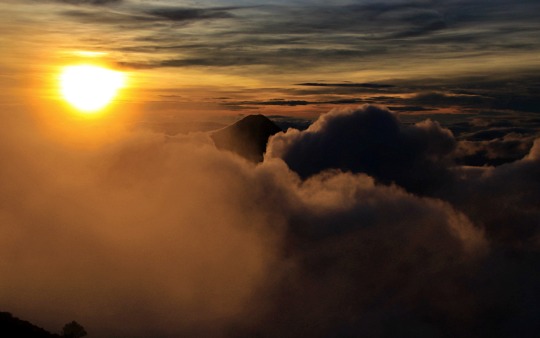

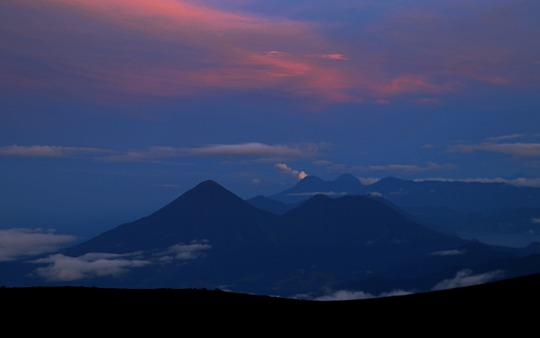
Sunrise on Volcán de Acatenango / 3976 m ( Guatemala )
#photooftheday#travelphotography#aroundtheworld#adventure#explore#pickoftheday#trip#travel#nature#sunrise#clouds#mountain#guatemala#earth#sky#sunshine#visitguatemala#volcan de agua#landscape#golden hour#centralamerica#sun#acatenango#guatemalatravel#volcano#mountains#trekking
32 notes
·
View notes
Photo
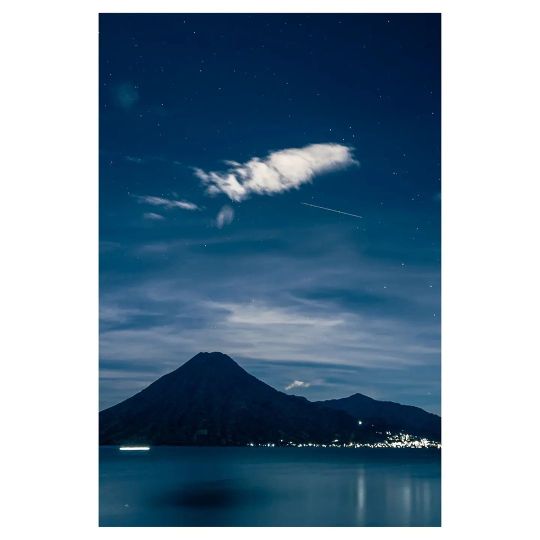
ATITLAN. #guatemala #guateimpresionante #teamoguatemala #teamoguatelinda #guateviajando #semeantojaguate #guateimpresionante #atitlangt #naturefilmed #thefilmstead #worldviewmag #atitlan #atitlangt #lakeatitlan #sanjuan #guateexplora_gt #guateimpresionant #guatephoto #visitguatemala (à Atitlan Sunset Lodge) https://www.instagram.com/p/CkJPw3_righ/?igshid=NGJjMDIxMWI=
#guatemala#guateimpresionante#teamoguatemala#teamoguatelinda#guateviajando#semeantojaguate#atitlangt#naturefilmed#thefilmstead#worldviewmag#atitlan#lakeatitlan#sanjuan#guateexplora_gt#guateimpresionant#guatephoto#visitguatemala
2 notes
·
View notes
Text
Lake Atitlan, Guatemala

Behold the captivating beauty of Lake Atitlan, Guatemala, where nature's wonders unfold in tranquil harmony.
0 notes
Text
Guatemala

Guatemala is a country located in Central America that is known for its gorgeous landscapes, unique culture, and rich history. The country is bordered by Mexico to the north and west, Belize and the Caribbean Sea to the northeast, Honduras to the east, and El Salvador and the Pacific Ocean to the south. With its diverse geography and stunning natural beauty, Guatemala is a popular destination for tourists from around the world.
The name "Guatemala" comes from the Nahuatl language, spoken by the Aztecs, and means "place of many trees." This name is particularly fitting given the country's diverse forests, jungles, and natural landscapes. Guatemala's history is equally fascinating, with ancient Maya ruins, Spanish colonial architecture, and a complex modern-day political landscape.
Geologically speaking, Guatemala is situated on the Ring of Fire, a region known for its seismic activity. This location has made the country particularly susceptible to earthquakes and volcanic activity, which have had a major impact on the landscape and ecology of Guatemala.
The country's geography is diverse, with a range of landscapes including mountains, forests, jungles, rivers, and lakes. Despite its relatively small size, Guatemala boasts an incredible array of natural beauty that draws visitors from around the world.
The ecology of Guatemala is also remarkable, with hundreds of species of plants and animals that are found nowhere else in the world. In recent years, the government has launched efforts to protect these resources and promote sustainable use of the country's natural resources.
Despite its natural beauty and cultural richness, Guatemala faces a number of environmental challenges, including deforestation, pollution, and the effects of climate change. The country's political system is also complex, with a range of political parties and conflicting interests that have contributed to political instability in the past.
However, the country's economy is growing, with key industries including agriculture, textiles, and tourism. Guatemala's infrastructure is also improving, with ongoing investments in transportation, energy, and telecommunications. And despite these challenges, Guatemala remains a vibrant and fascinating destination that offers a unique glimpse into Central American culture and history.

Etymology
Guatemala holds great significance in the country's history and culture. The name "Guatemala" is derived from the Nahuatl language and means "land of trees." The Nahuatl people were indigenous to central Mexico and had extensive trade relationships with other indigenous groups throughout Mesoamerica. The name "Guatemala" was originally used to refer to the city of Guatemala, which was founded by the Spanish in 1524. However, over time, the name came to be applied to the entire country.
According to the Popol Vuh, an ancient Maya religious text, the Mayan people believed that the gods created the world and the first humans out of maize. The Mayan civilization flourished in what is now Mexico, Guatemala, Belize, and parts of Honduras and El Salvador. The Mayans called their homeland "Iximche," which means "corn tree." They cultivated a wide variety of crops, including corn, beans, squash, and chilies, and developed a complex system of hieroglyphic writing and astronomical observations.
The Spanish arrived in Guatemala in the early 16th century and brought with them European diseases that devastated the indigenous population. They also forced Mayans to work on large plantations and in silver mines, which led to widespread poverty and social inequality. The Spanish ruled Guatemala for nearly 300 years, until the country declared independence in 1821.
In modern times, Guatemala has faced numerous challenges related to political instability, social inequality, and natural disasters. However, its rich history and vibrant culture continue to inspire people around the world. One of the most significant cultural traditions in Guatemala is the "Dia de los Muertos," or Day of the Dead, which is celebrated on November 1st and 2nd each year. During this time, families gather to honor their deceased loved ones with special foods, flowers, and prayers. The celebration is also marked by colorful parades, music, and dance.
History
Guatemala has a rich and complex history that spans over three millennia. The country's history is marked by the rise and fall of various indigenous civilizations, the arrival of Spanish colonizers, and the modern-day political and social developments.
The Maya civilization was one of the most advanced and sophisticated ancient civilizations in the world. The Maya people established city-states throughout what is now Guatemala, Belize, Honduras, and Mexico. The Maya built impressive structures, including towering pyramids, ball courts, and palaces. They developed a system of writing, used a complex calendar, and made important advances in mathematics and astronomy.
The rise of the Maya civilization is believed to have occurred around 2000 BCE and continued until around 900 BCE. By the time of the Spanish arrival, the Maya had already experienced a long decline, and many of their cities had been abandoned.
In the early 16th century, Spanish conquistadors arrived in what is now Guatemala and conquered the region's indigenous people. Spanish colonizers established a colonial administration, exploiting the land and people for centuries. The Spaniards introduced Catholicism and the Spanish language to Guatemala, which are still pervasive in modern-day Guatemala.
The colonial era lasted until 1821 when Central America achieved independence from Spain. However, the years that followed saw Guatemala face numerous challenges, including civil war, political instability, poverty, and oppression.
In the 20th century, the Guatemalan government underwent several political changes and attempted land reforms, often struggling to maintain stability. The country's political history has been marked by a series of coups, uprisings, and civil wars, forcing many Guatemalans to flee to other countries in hope of a better life.
Today, Guatemala remains one of the poorest and most unequal countries in Latin America. Political turmoil, gang violence, and drug trafficking continue to pose significant challenges to the country's development and success.
Despite these struggles, Guatemala's people remain resilient and proud of their culture and history. The country's unique blend of ancient and colonial history, along with its breathtaking natural beauty, make it a fascinating and rewarding destination for travelers and history buffs alike.
Geology
Guatemala, located in Central America, is a country known for its diverse landscapes and geological features. The country is situated on the Ring of Fire, a belt of active volcanoes and earthquake zones that ring the Pacific Ocean.
Guatemala's geology is heavily impacted by the presence of active volcanoes. The most famous of these is Volcán de Fuego, which has erupted multiple times in recent years, causing significant damage to nearby communities.
In addition to volcanoes, Guatemala also experiences frequent earthquakes due to its location on the Ring of Fire. These earthquakes have caused significant damage to the country's infrastructure and have been responsible for many fatalities.
Despite the dangers posed by its geology, Guatemala's unique landscape is a major draw for tourists. The country boasts a wide range of geological features, including towering volcanoes, lush rainforests, and pristine beaches.
Due to the country's location on the Ring of Fire, Guatemala has a rich history of volcanic activity. Visitors to the country can explore a number of active and inactive volcanoes, including Pacaya, which is known for its stunning views of the surrounding landscape.
In addition to its volcanoes, Guatemala is also home to a number of spectacular natural sites. The country's rainforests are home to a diverse array of plant and animal life, including the endangered quetzal bird.
Despite the challenges posed by its geology, Guatemala remains a popular destination for adventure travelers and nature enthusiasts alike. The country's unique landscape and geological features make it a truly one-of-a-kind destination.
Geography
Guatemala's unique geography is characterized by its diverse landscapes and natural features. The country is located in Central America and borders Mexico to the north and west, Belize and the Caribbean Sea to the northeast, Honduras to the east, and El Salvador to the southeast.
The terrain of Guatemala varies greatly, with rugged mountains, lush rainforests, arid deserts, and stunning coastlines. The highest point in the country is Volcán Tajumulco, which stands at 4,220 meters (13,845 feet) tall.
The northern region of Guatemala is home to the Petén rainforest, which covers almost one-third of the country and is among the largest tropical forests in the Americas. It is home to a staggering array of plant and animal life, including over 600 species of birds, jaguars, monkeys, and other exotic animals.
To the south, the Guatemalan Highlands boast a collection of stunning volcanic peaks, picturesque lakes, and rolling hills covered in coffee and sugar cane plantations. This area is where the majority of the country's indigenous population resides, and it is renowned for its traditional Maya culture and customs.
Guatemala's Pacific coastline, on the other hand, is a stretch of hot, humid beaches, coconut palms, and mangrove swamps. The country is also home to several rivers, including the Motagua, which is the longest river in Central America, and the Río Dulce, which flows from Lake Izabal into the Caribbean Sea.
In addition to its diverse landscapes, Guatemala is home to several notable natural features. Among the most significant is Lake Atitlán, which is considered one of the most beautiful lakes in the world. Nestled in the highlands, this deep blue lake is surrounded by towering volcanoes and indigenous villages.
Another notable feature of Guatemala's geography is its many volcanoes. The country has over 30 active and dormant volcanoes, including Pacaya, which is one of the most active in the world. These volcanoes have a significant impact on the country's ecology and economy, as they provide rich soil for agriculture but also pose a threat in the form of eruptions and earthquakes.
Guatemala's diverse geography is a significant draw for tourists and provides a rich and unique backdrop for the country's cultural and historical attractions. From the lush rainforests of the Petén to the towering volcanoes of the highlands and stunning coastline of the Pacific, Guatemala has something for everyone to explore and enjoy.
Ecology
Guatemala is home to a unique and diverse range of flora and fauna. Due to its varied geography and climate, the country is home to a wide range of ecosystems, including tropical rainforests, cloud forests, mangrove swamps, and coastal wetlands.
Some of the most notable species found in Guatemala include jaguars, ocelots, tapirs, howler monkeys, and a wide variety of bird species. The country also boasts a stunning range of plant life, including orchids, bromeliads, and 6,000 different species of trees.
Despite its rich and varied natural environment, Guatemala faces a number of environmental challenges. Deforestation is a significant problem, with large areas of forest being cleared to make way for agriculture, industry, and urban development. Other issues facing the country include pollution, soil erosion, and climate change.
However, there are efforts underway to protect Guatemala's unique ecology and natural resources. The country has established a number of national parks and protected areas, including the Maya Biosphere Reserve, which covers over 10% of the country's land area. there are a number of conservation organizations working to protect endangered species, restore degraded ecosystems, and promote sustainable agriculture and forestry practices.
One of the most well-known conservation organizations in Guatemala is the Wildlife Conservation Society, which works to protect a number of endangered species, including jaguars, howler monkeys, and sea turtles. The organization operates a research center in the Maya Biosphere Reserve and works closely with local communities to promote sustainable land use practices.
Another key organization in Guatemala's conservation efforts is the Asociación Balam, which works to protect and restore degraded ecosystems in the country's cloud forest regions. The organization operates a nursery and reforestation program, as well as an eco-tourism program designed to raise awareness about the importance of ecological conservation.
In addition to conservation efforts, there are also a number of initiatives underway to promote sustainable agriculture and forestry practices in Guatemala. One such initiative is the Rainforest Alliance, which works with farmers and forest companies to promote sustainable land use practices, improve livelihoods, and protect ecosystems.
The organization also provides training and technical assistance to farmers and works to promote eco-tourism programs as a means of generating income for rural communities. Other initiatives, such as the Guatemala Green Farming Project, are designed to promote sustainable agriculture practices such as agroforestry, organic farming, and the use of alternative fuels.
Guatemala's unique and diverse ecology is one of its greatest assets. While the country faces a number of environmental challenges, there are a number of organizations and initiatives working to protect its natural resources and promote sustainable land use practices. By continuing to invest in conservation and sustainable development programs, Guatemala can ensure that its rich and varied natural environment continues to thrive for generations to come.
Biodiversity
Guatemala is a country teeming with biodiversity. Its unique geography, with its varied landscapes and numerous ecosystems, has contributed to the country's impressive array of plant and animal species. From the dense jungles of the Petén region to the highlands of the Sierra Madre and the Pacific coast, Guatemala is home to a wide variety of flora and fauna.
One of the most unique examples of Guatemala's biodiversity is the quetzal, a brightly colored bird that is revered in Maya mythology. The quetzal has a distinctive long tail and striking green and red feathers. It is found in the cloud forests of the Sierra Madre, where it feeds on fruit and insects.
Another iconic species of Guatemala is the jaguar, the largest cat species in the Americas. Jaguars are found throughout the forests and wetlands of the country, where they prey on deer, monkeys, and other small animals. Guatemala is also home to the ocelot, a smaller wild cat that is known for its distinctive spotted coat.
The forests and wetlands of Guatemala are also home to a wide variety of bird species. In addition to the quetzal, the country is home to a number of other brightly colored birds, including parrots, toucans, and macaws. The Laguna del Tigre National Park in the Petén region is a popular destination for birdwatchers, with over 350 species of birds recorded in the area.
In Guatemala's rivers and streams, freshwater fish such as tilapia and rainbow trout can be found, as well as larger species like tarpon and sailfish off the coast. The Caribbean Sea and the Pacific Ocean are home to a wide variety of marine life, including sea turtles, dolphins, and sharks.
Guatemala has also reported a large number of reptiles and amphibians. The country is home to several species of crocodiles, including the Morelet's crocodile, which can be found in freshwater habitats. The green iguana is another common reptile in Guatemala, prized for its meat and for its role in traditional medicine.
In addition to its impressive array of animal species, Guatemala is also home to a great diversity of plant life. The country's extensive rainforests are home to a variety of species, including the ceiba tree, which is revered by the Maya as a sacred tree. The ceiba can grow up to 70 meters tall and has large, spiny trunks. The chicle tree is another important species in Guatemala, valued for its gum, which is used in the production of chewing gum.
The biodiversity of Guatemala is of both national and global importance, and has been the focus of numerous conservation efforts. The government has established a number of protected areas and national parks, which are home to many threatened and endangered species. These areas include the Maya Biosphere Reserve, the Sierra de las Minas Biosphere Reserve, and the Tikal National Park, which is home to some of the most impressive ancient Mayan ruins in Central America.
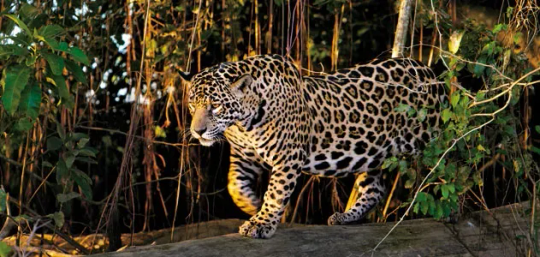
jaguar
Climate
Guatemala has a diverse climate due to its varying elevations and proximity to the equator. The country is known for its temperate Highland climate, which is characterized by cool temperatures and low humidity. This region experiences a long rainy season that lasts from May to October and a dry season that runs from November to April.
The country's lowland regions have a tropical climate with high humidity and temperatures that can exceed 100°F. The rainy season in the lowlands lasts from May to October, and the dry season runs from November to April. The Pacific coast has a hot, humid climate with more moderate temperatures than the lowlands.
Guatemala's climate has a significant impact on the country's ecosystems and agriculture. The rainy season is essential for the success of agriculture in the country, as crops require ample rainfall. However, during periods of excessive rainfall, Guatemala is prone to flooding and landslides. In recent years, climate change has increased the frequency and intensity of these natural disasters, posing a significant threat to the country's infrastructure and population.
The country's tropical climate is home to a vast array of animal and plant species, including the national bird, the Resplendent Quetzal. The tropical forests are also home to a diverse range of medicinal plants, which have many applications in modern medicine.
Guatemala's Highland climate is ideal for coffee cultivation and dairy farming, with the country being one of the largest coffee producers in the world. However, farmers in this region have been impacted by droughts and other climate-related events, which have affected their livelihoods.
In recent years, the Guatemalan government has implemented policies to address climate change and mitigate its impact on the country. These policies focus on sustainable development, reducing greenhouse gas emissions, and promoting renewable energy sources. The country has also participated in global initiatives, such as the Paris Agreement, to combat climate change.
Guatemala has a diverse climate that has a significant impact on the country's ecosystems and agriculture.
Read the full article
0 notes
Text
Los Altares En la Laguna de Chicabal 5/18/23
For many centuries, the Mam community in the area around Laguna de Chicabal has celebrated the welcome to the winter. Thousands of indigenous people from the departmento of Quetzaltenango, San Marcos and Huehuetenango coven in this beautiful lagoon, located on the extinct volcano, to celebrate the beginning of the rainy season. After the invasion of the Spanish, locals were forced to introduce values of the catholic beliefs in the ceremony. This year we are focusing on the stunning altars where people ask for rain so they can have a great harvest.
Photo Abraham Hernández
www.cx.edu.gt/alquiler-y-renta-de-apartamentos/

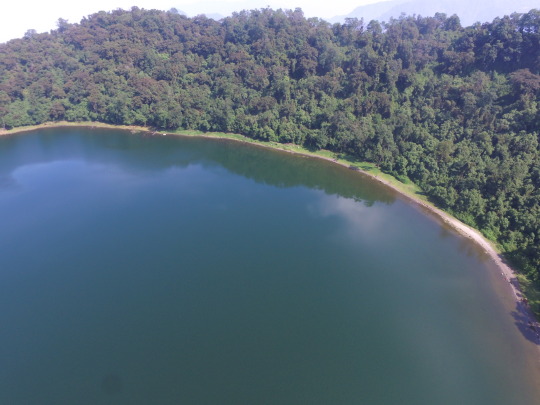

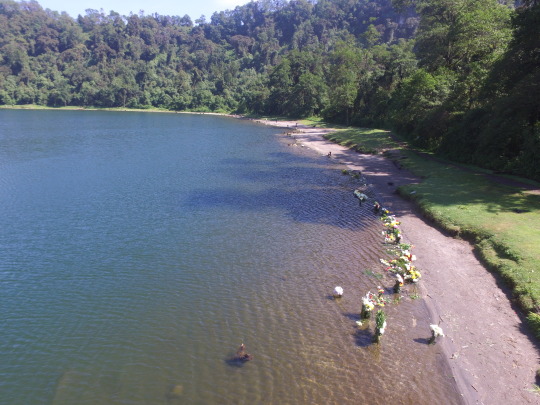


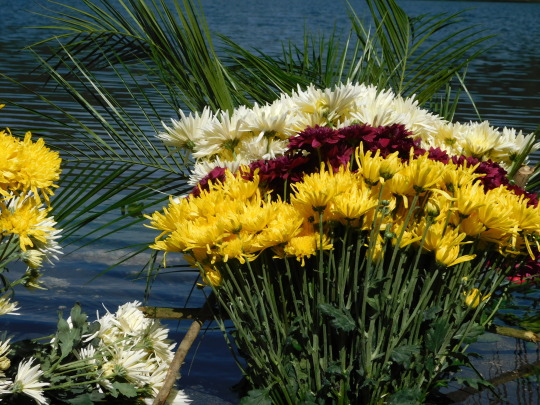









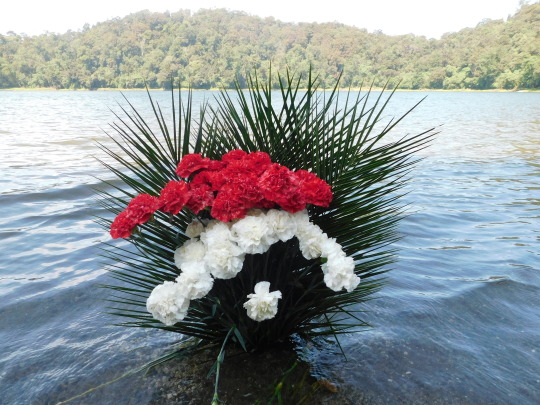

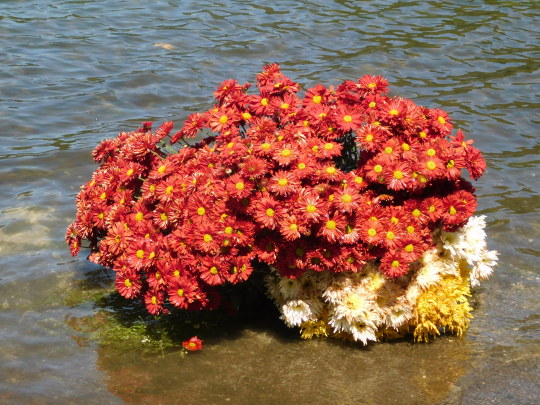



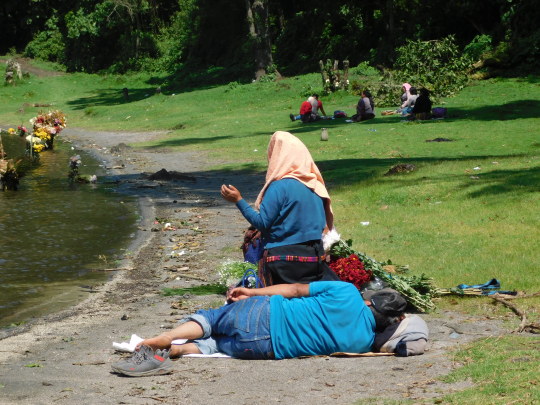
@visitquetzaltenango
#visitquetzaltenango
#quetzaltenango
#Guatemala
#lagunadechicabal
#guatemala#quetzaltenango#spanish immersion program#study spanish#study abroad#visit guatemala#xela#study abroad guatemala#studyspanish#spanishschool#visitquetzaltenango#visitguatemala#mam immersion quetzaltenango
0 notes
Photo

El Parque Nacional Tikal en Petén, Guatemala, es famoso por sus impresionantes ruinas mayas, incluyendo templos y plazas. Es uno de los sitios arqueológicos más importantes de América Central y es un Patrimonio de la Humanidad de la UNESCO. Además de su riqueza arqueológica, el parque también es un importante hábitat para la biodiversidad, incluyendo monos aulladores y jaguares. La experiencia de caminar entre las ruinas antiguas de Tikal es un viaje único en el tiempo. #guatemala #guate #guatemalaimpresionante #tufotonatgeo #sonyalpha #visitguatemala #tikal #mayas (en El Gran Jaguar, Tikal, Peten, Guatemala) https://www.instagram.com/p/CoRAcTJDoIf/?igshid=NGJjMDIxMWI=
1 note
·
View note
Text


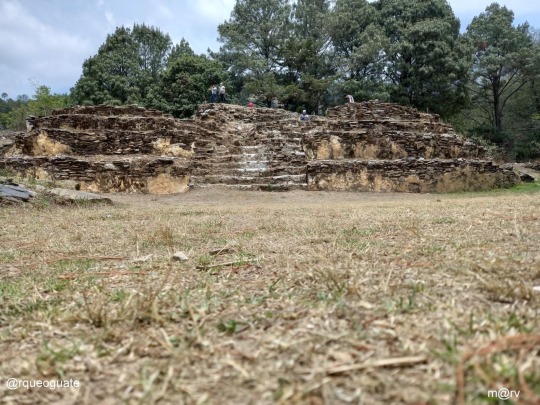
DERECHOS A QUIEN CORRESPONDA.
Sitio Arqueológico Chiantla Viejo
Posclásico (900 d.C - 1,500 d.C)
El sitio arqueológico Chiantla Viejo, se encuentra a 5 km de Chiantla, y a casi 11 km desde la cabecera departamental de Huehuetenango. Chiantla Viejo se sitúa en la aldea El Pino, municipio de Chiantla, en las "faldas" de la Sierra de los Cuchumatanes
El grupo principal denominado Grupo A , corresponde a un área cívico-ceremonial. Se compone de 9 estructuras y una plaza principal, la Plaza A. Edificio Central la Estructura A-1, se encuentra al norte de la plaza y en los lados este y oeste, las estructuras A2 y A9. Cuenta con un juego de pelota, entre la estructuras denominadas A3 y A4, al norte de la Estructura A1.
El sitio fue habitado por un grupo de Maya-Mam .
Un poco de historia del sitio
La existencia de un señorío prehispánico llamado Chiantla se encuentra documentada en la información registrada en un pleito legal entre Pedro de Alvarado y Juan de Espinar entre 1530 y1540. Los registros de este pleito se encuentran en el Archivo de Indias de Sevilla, España, guardados bajo la signatura Justicia 1031.
Chiantla incluido, eran asentamientos prehispánicos de tradición mesoamericana todavía habitados en 1530 y no pueblos al estilo colonial. Para 1530 todavía no se había fundado ningún pueblo colonial a la española en el noroccidente de Guatemala, por lo que no hay duda que este pueblo llamado Chiantla mencionado en Justicia 1031 hace referencia al asentamiento prehispánico de Chiantla. La tradición oral ha sido el vínculo crítico que nos ha permitido identificar la Chiantla prehispánica mencionada en Justicia 1031 con el sitio arqueológico Chiantla Viejo. Sin embargo, más específicamente, un dato histórico y arqueológico permite también hacer una plena identificación entre la Chiantla de 1530 y el sitio arqueológico Chiantla Viejo.
Tomado de:
Castillo, V. (2018). Informe Proyecto Chiantla Viejo. https://www.academia.edu/36846374/Informe_Proyecto_Chiantla_Viejo
Fotografías:
Marvin Aguilar Mollinedo
#arqueologiaguatemalteca #arqueologiatierrasaltas #chiantlaviejo #mam #mayamam #arqueologiamaya #cultura #mam #arqueologiahuehuetenango #chiantla #arqueoguate #arqueologiadechiantla #sitioprehispanico #explorandoguate #visitguatemala #turismo #prehispanico #guatemalaprehispanica #ruinas #ruinasdechiantla #cultura
0 notes
Photo

Isla de Flores es una isla ubicada en el lago Peten Itzá, pertenece al Departamento de Petén, Guatemala. En esta isla se ubica la ciudad de Flores que forma parte de la cabecera de este departamento, junto a la localidad de Santa Elena de la Cruz. En 2017 StreetTrotter, el sitio de noticias de viajes, dio a conocer que la Isla de Flores es uno de los 25 pueblos más pintorescos del mundo. La Isla de Flores se encuentra en el Lago Petén Itzá, se caracteriza por sus edificios coloniales pintados con colores vivos. También sobresalen los restaurantes con una impresionante vista al lago, destacó el artículo. ¿Sabían de este hermoso lugar de Guatemala? 🔰follow me/sígueme🔰 . #guatemala #guatemaya #isladeflores #mundomaya #guatemalatravel #visitguatemala #vive_america #guatemalaimpresionante #explorandoguatemala #guate #guate_magica #retratandoguate #guategram #instaguate #instaguatemaya #guatelove #tikal #tikalnationalpark #peten #arqueologia #arqueology #ig_guatemala #total_americas #myplanet_trips #myworld #centralamerica #archaeology #archaeologist (en Isla De Flores Peten) https://www.instagram.com/p/CRAToDchvUR/?utm_medium=tumblr
#guatemala#guatemaya#isladeflores#mundomaya#guatemalatravel#visitguatemala#vive_america#guatemalaimpresionante#explorandoguatemala#guate#guate_magica#retratandoguate#guategram#instaguate#instaguatemaya#guatelove#tikal#tikalnationalpark#peten#arqueologia#arqueology#ig_guatemala#total_americas#myplanet_trips#myworld#centralamerica#archaeology#archaeologist
4 notes
·
View notes
Photo

transfer service in Guatemala City, taking the traveler from England 🇬🇧 to collect their passport. @dhl_global #hotel #travel #explore #culture #centralamericatravel #tourism #tourist #travelling #visitguatemala #vacation #traveler #transfer #transport #transportation #ride #taxidriver #taxi #cars #airport #hyundai #accent #centralamerica #dhl #pasport (en DHL Express ServicePoint) https://www.instagram.com/p/B-MqqRMg7pG/?igshid=1va6owcpwjkpq
#hotel#travel#explore#culture#centralamericatravel#tourism#tourist#travelling#visitguatemala#vacation#traveler#transfer#transport#transportation#ride#taxidriver#taxi#cars#airport#hyundai#accent#centralamerica#dhl#pasport
5 notes
·
View notes
Text





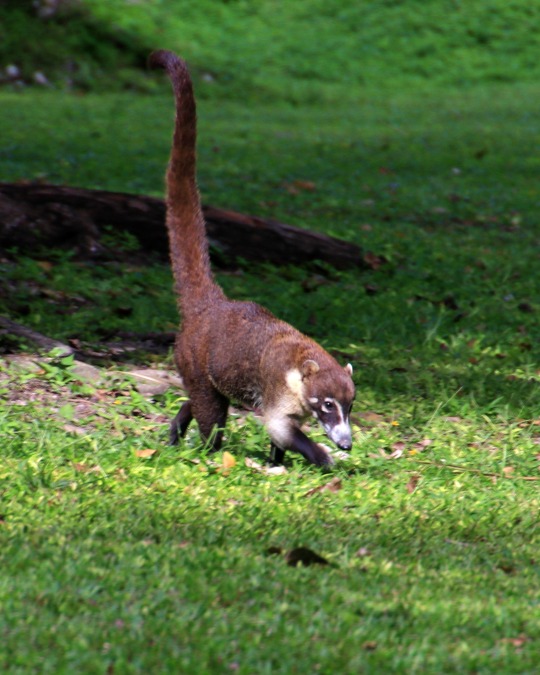
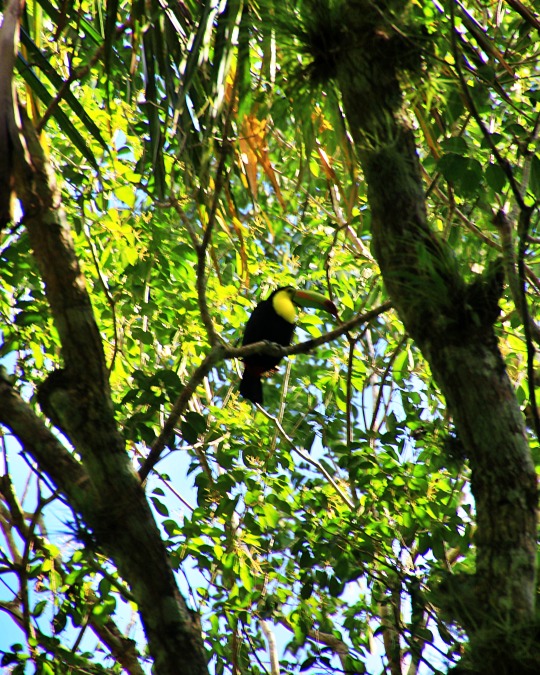
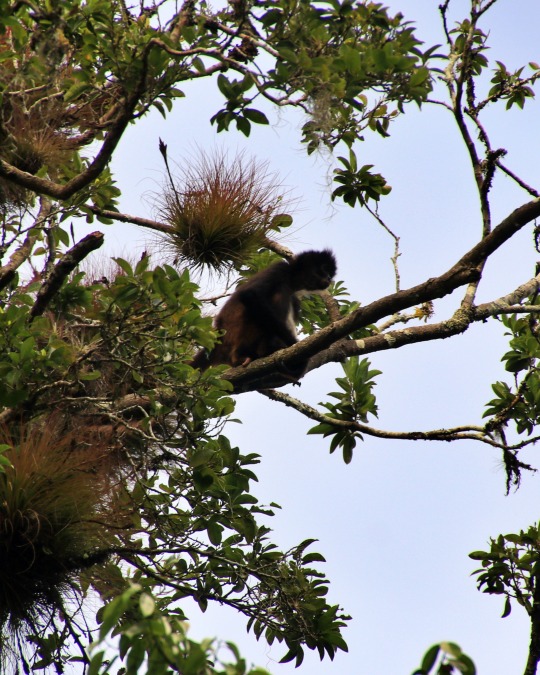
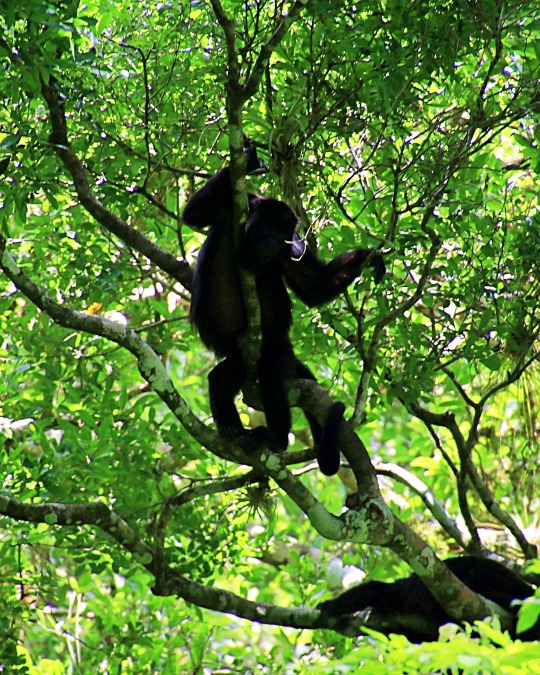
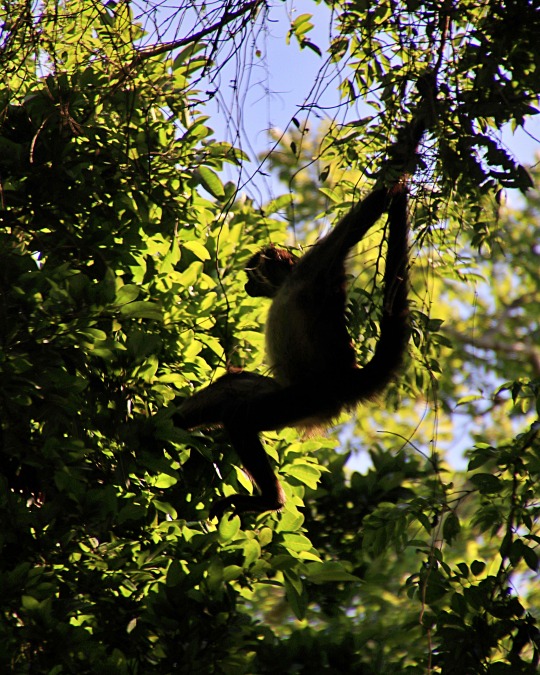
Tikal National Park ( Guatemala )
#photooftheday#travelphotography#adventure#aroundtheworld#tucano#tikalnationalpark#national park#trip#nature#travel#explore#pickoftheday#landscape#guatemala#tikal#flowers#animals#monkeys#tucan#coati#black monkey pro#jungle#guatemalatravel#visitguatemala#centralamerica
28 notes
·
View notes
Photo
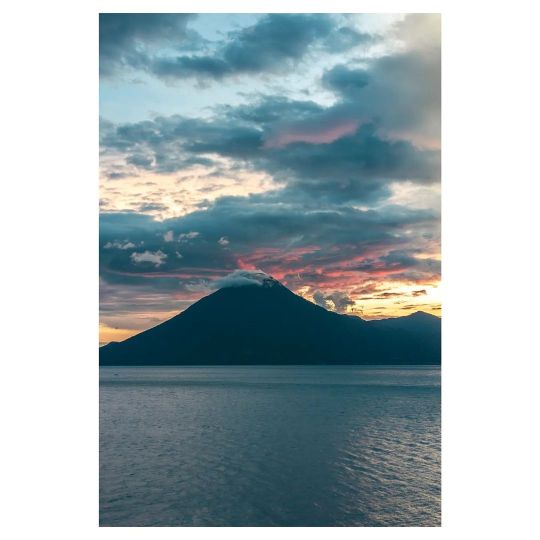
Atitlan. #guatemala #guateimpresionante #teamoguatemala #teamoguatelinda #guateviajando #semeantojaguate #guateimpresionante #atitlangt #naturefilmed #thefilmstead #worldviewmag #atitlan #atitlangt #lakeatitlan #sanjuan #guateexplora_gt #guateimpresionant #guatephoto #visitguatemala https://www.instagram.com/p/CkY0th0rxtJ/?igshid=NGJjMDIxMWI=
#guatemala#guateimpresionante#teamoguatemala#teamoguatelinda#guateviajando#semeantojaguate#atitlangt#naturefilmed#thefilmstead#worldviewmag#atitlan#lakeatitlan#sanjuan#guateexplora_gt#guateimpresionant#guatephoto#visitguatemala
0 notes
Photo

El volcán una vez entre solsticio y eclipse 🔥 #Guatemala #Antigua #volcano #visitguatemala @visitguatemala_ #atardecer #sunset #sky #clouds #peace #om https://www.instagram.com/p/B6nlWLtggqu/?igshid=181pblm5nu636
13 notes
·
View notes
Photo

We are missing the beauty of our normal walk home from church. #shorelinecity #shorelinecityantigua #perhapsyouneedalittleantigua #antiguaguate #antiguaguatemala #instaguate #visitguatemala #okantigua #therealguatemala #antigualife #antiguaviews #centralamericaliving #antiguainsider https://www.instagram.com/p/B-nF_XojD5S/?igshid=qa04f4oe1jnw
#shorelinecity#shorelinecityantigua#perhapsyouneedalittleantigua#antiguaguate#antiguaguatemala#instaguate#visitguatemala#okantigua#therealguatemala#antigualife#antiguaviews#centralamericaliving#antiguainsider
1 note
·
View note
Photo

https://www.shutterstock.com/g/Feryalsurel. #visitdenmark #visitfinland #visitsweden #visitlapland #visitberlin #visitargentina #visitseattle #visitamsterdam #visitguatemala #visitbritain #visitmorocco #visitswitzerland #visitmalang #visitlisbon #visitarizona #visitmadeira #visittuscany #visita #visitjateng #visitstockholm #visitbarcelona #visite #visitcianjur #visitireland #visiticeland #visitspain #visititaly #visiteurope #visitbavaria #visitbandung https://www.instagram.com/p/B6kpkkjpaUO/?igshid=1h4bdiz794asf
#visitdenmark#visitfinland#visitsweden#visitlapland#visitberlin#visitargentina#visitseattle#visitamsterdam#visitguatemala#visitbritain#visitmorocco#visitswitzerland#visitmalang#visitlisbon#visitarizona#visitmadeira#visittuscany#visita#visitjateng#visitstockholm#visitbarcelona#visite#visitcianjur#visitireland#visiticeland#visitspain#visititaly#visiteurope#visitbavaria#visitbandung
2 notes
·
View notes
Photo
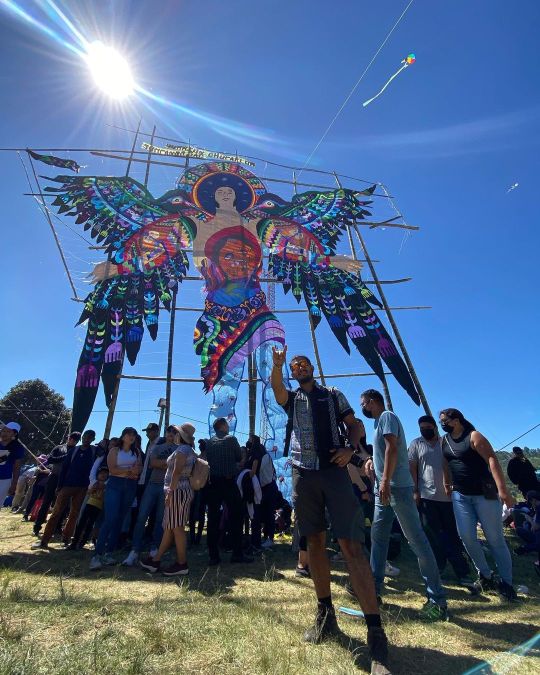
Hoy viví una mega gran aventura gracias a @tripp_express que nos llevó a conocer los barriletes gigantes de Supango #visitguatemala #supango #barrilete #barriletegigante #tufotonatgeo #quechileroguate #tradicioneschapinas (en Festival Sumpango, Sacatepéquez) https://www.instagram.com/p/Ckb8zBANX8p/?igshid=NGJjMDIxMWI=
0 notes
Photo

🇬🇹 Felices fiestas Patrias!! 🇬🇹 Administración GUA14-90 #Gua1490 #LocalGuides #guatemala #soychapin #perfectscenery #maravillasdedios #VisitGuatemala #GuateEsElSecreto #15deSeptiembre https://www.instagram.com/p/B2Z6u0CFetn/?igshid=tnmkvq485vl5
#gua1490#localguides#guatemala#soychapin#perfectscenery#maravillasdedios#visitguatemala#guateeselsecreto#15deseptiembre
2 notes
·
View notes